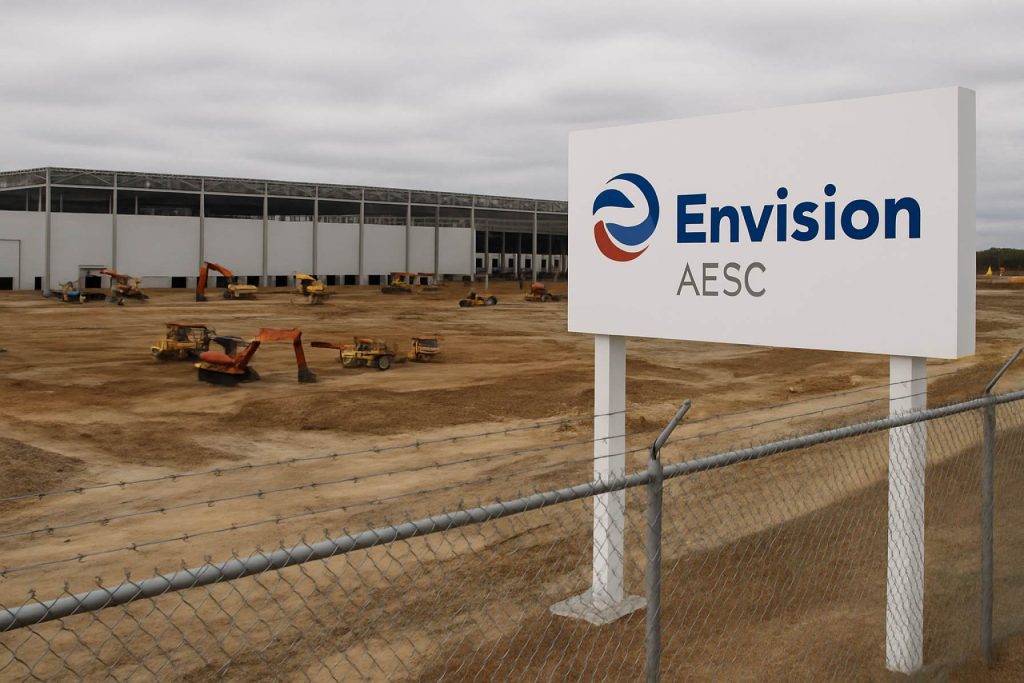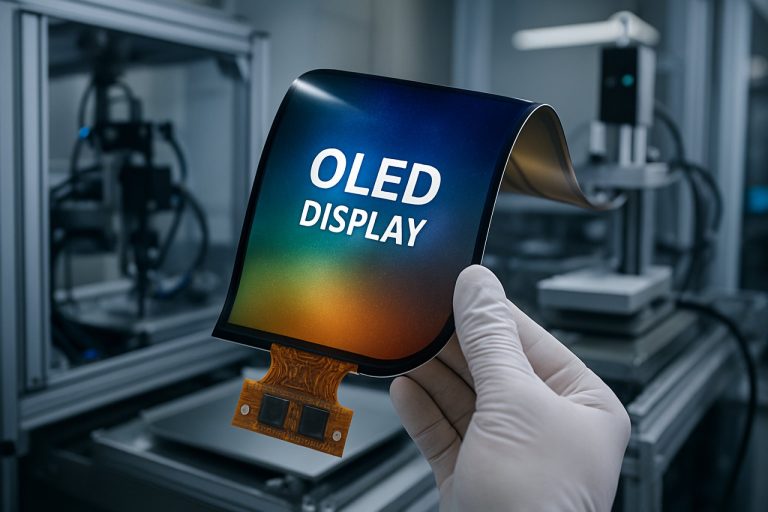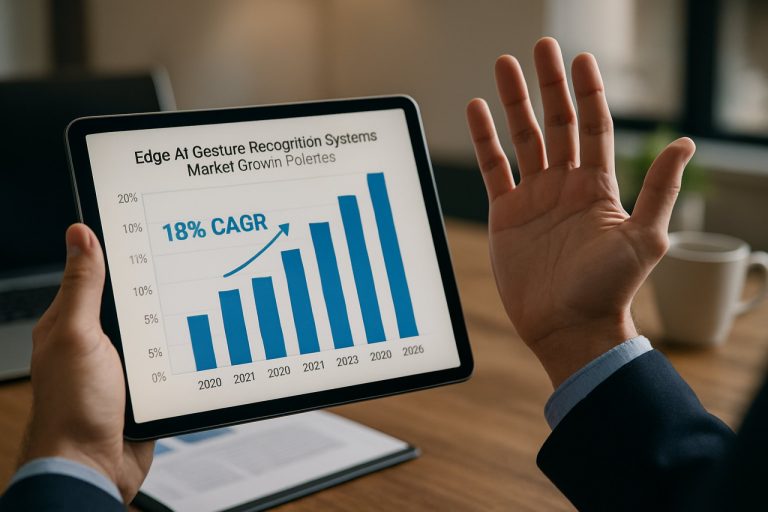
Shockwaves Hit the U.S. EV Industry as Envision AESC Suspends Massive South Carolina Battery Plant—Will BMW and Clean Energy Ambitions Survive 2025’s Political Uncertainty?
Envision AESC pauses its $1.6B South Carolina battery plant, putting BMW’s EV plans and thousands of jobs at risk amid regulatory turmoil.
- $1.6B: Initial investment in the South Carolina battery factory
- 1,000+: High-paying jobs expected to be created
- 2026: Scheduled start for BMW’s U.S. battery module assembly
- 3+: Major U.S. clean energy projects halted in 2024–2025
America’s electric vehicle revolution just hit a massive speed bump. Japanese battery powerhouse Envision AESC has hit pause on its $1.6 billion South Carolina battery facility—a move set to ripple through BMW’s U.S. electric vehicle (EV) ambitions, local economies, and the future of American green tech.
The sprawling 1,000-acre battery complex in Florence, once heralded as a job-creating juggernaut, now stands silent. The company cited “policy and market uncertainty” just two years after breaking ground, mirroring a wave of halted billion-dollar clean-tech projects. Behind the freeze: Congress grapples with a political showdown that could gut federal EV incentives and clean energy funding, casting a dark cloud over U.S. battery manufacturing.
Why Did Envision AESC Halt Construction?
Envision AESC, BMW’s chosen U.S. battery supplier, stopped building the advanced cylindrical cell plant as Congressional debates intensified over federal EV tax credits and billions in Inflation Reduction Act (IRA) clean energy funds. If the Trump administration’s latest spending bill becomes law, EV buyers could lose incentives, and battery firms may miss out on the grants and loans designed to turbocharge U.S. capacity.
Similar roadblocks have stymied other battery leaders. Aspen Aerogels froze its $1B Georgia plant, and Kore Power pulled back on a major Arizona gigafactory. The message is clear: Political uncertainty is cooling America’s white-hot clean energy momentum.
Q&A: What Does This Mean for BMW’s U.S. EV Rollout?
Q: Will BMW’s U.S. EV plans fall apart?
BMW says its new battery module plant in Woodruff, South Carolina, is still slated to open in 2026. However, those batteries were supposed to be powered by cells from Envision’s now-frozen facility. Without those local cells, BMW will need to find alternatives—possibly turning to suppliers like CATL or importing from overseas, an option fraught with tariffs and logistical headaches.
Q: Which models are affected?
BMW’s future Neue Klasse EVs—including the highly anticipated electric X3 SUV—are expected to be built in Hungary and later in Mexico. Both plants had counted on Envision’s South Carolina cells, raising major questions about supply chain stability for American-made BMW EVs.
Q: Will local job creation plans be scrapped?
The 1,000+ high-paying manufacturing jobs promised for Florence County hang in the balance. Economic development in the region has ground to a halt as investors, workers, and state officials anxiously await clarity from Washington.
How Will U.S. EV and Battery Trends Shift in 2025?
The U.S. EV battery boom isn’t stopping—but it’s slowing. Industry insiders report that more companies are scaling back or delaying projects in the face of unpredictable regulations. With tariffs on Chinese battery imports and the shifting landscape of U.S. incentives, automakers must navigate an obstacle course of supply chain risks.
Republican-backed legislation aims to unravel Biden-era investment in green energy, forcing companies into a strategy of “wait and watch.” Analysts expect continued uncertainty until Congress finalizes new policy directions, likely pushing completed projects to operate at lower than promised capacity.
How Can Automakers and Policymakers Navigate the Chaos?
– Diversify suppliers: Both automakers and battery manufacturers are seeking backup plans, partnering with firms like LG, Panasonic, and CATL.
– Lobby for stable policy: Industry heavyweights are pushing Congress for long-term clarity on tax credits and green energy funding to kickstart stalled projects.
– Prepare for market shifts: Companies are modeling scenarios for various subsidy and tariff outcomes to minimize disruption.
What’s Next for the Future of U.S. EV Manufacturing?
Industry leaders warn that without stable policies, America risks losing its edge in the global EV race. As Europe and Asia double down on clean tech, delays could steer new investments overseas—putting American jobs, innovation, and energy independence at risk.
Don’t Wait—Stay Informed and Take Action
- ✓ Follow InsideEVs for breaking updates
- ✓ Contact your representatives about supporting stable clean energy policies
- ✓ Track EV supply chain and manufacturing news from trusted sources like Reuters and Bloomberg
- ✓ Stay tuned for announcements from Envision, BMW, and other industry leaders
The EV revolution is at a crossroads. Will America charge ahead or stall in the slow lane? Demand answers—your future on the road may depend on it.



